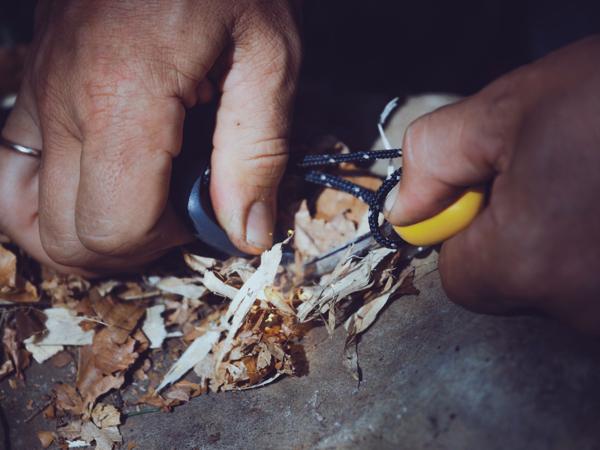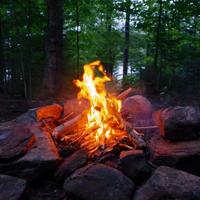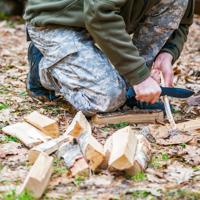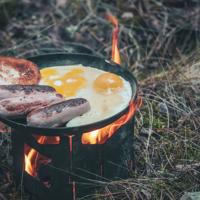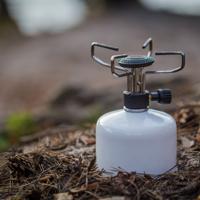When considering the wide array of fire starters available on the market today, it’s easy to feel overwhelmed by the selection. Each product has its strengths and potential limitations. In light of this, I’ve compiled a thoughtful guide to some notable options, informed by personal experiences and reviews from fellow outdoor enthusiasts. Please know that while I strive to present useful information, your preferences and needs may vary, so it’s a good idea to explore what suits you best.
Flint and Steel Kits
Flint and steel fire starters evoke a simple, classic method of fire launching. These kits contain a piece of carbon steel and a flint rock. By striking them together, you generate sparks.
Examples
-
Gerber Bear Grylls Fire Starter: This compact, pocket-sized device offers a flair of convenience with its built-in waterproof compartment for tinder storage.
-
Uberleben Zunden Fire Starter: Known for its sturdy, handcrafted construction, this fire starter is made of ferrocerium, a highly durable metal alloy.
Flint and steel kits are relatively easy to carry and do not rely on manufactured fuels, which some find environmentally friendly.
Ferrocerium Rods
Ferrocerium rods have gained popularity thanks to their reliability and ease of use. Scraping a metal striker across the rod creates hot sparks, igniting tender with ease.
Examples
-
Light My Fire Swedish FireSteel: Renowned for its longevity, this fire starter was developed for the Swedish Ministry of Defense. It produces a high volume of intense sparks.
-
Bayite Ferrocerium Rod: A budget-friendly choice, this rod is sizable, providing more lifetime usage. It comes with a lanyard hole for easy attachment.
These rods can ignite a fire in various conditions, adding an element of security to challenging environments.
Magnesium Blocks
Magnesium blocks are another option. With a combination of scraping magnesium shavings and using a spark, this method generates an intense burst of flame.
Example
- SE FS374 Magnesium Fire Starter: This straightforward tool integrates a magnesium block with a flint striking rod. It’s compact and budget-friendly, making it suitable for both beginners and seasoned survivalists.
Magnesium blocks offer the advantage of producing a very hot flame—capable of igniting even slightly damp tinder.
Weatherproof Matches
For those who prefer a more straightforward approach, weatherproof matches can be an indispensable part of your kit. These matches are treated to be water-resistant and pressure-sensitive.
Example
- UCO Stormproof Matches: These matches burn for about 15 seconds even after being doused in water or buried in sand, making them popular for wet or windy environments.
They provide a hassle-free solution, though they are single-use items, unlike fire rods or steel kits.
Fire Starter Cubes and Tinders
Pre-made fire starter cubes and tinder are often used as an additional aid to start a fire quickly. They can be used in conjunction with other fire-starting methods.
Example
-
Tinder-Quik Fire Tabs: Known for their portability, these tabs ignite instantly with spark and burn for about 2 minutes.
-
QuickFire Fire Starters: These cubes are individually wrapped, waterproof, and capable of burning for up to 10 minutes.
These products can make the fire-starting process easier, especially when the conditions are not ideal.
Conclusion
Exploring fire starters is as much about personal preference as it is about practicality. The right fire starter for one person may differ for another, depending on their environment and needs.
Try out a few options to ascertain what you feel most comfortable with. Each of the fire starters mentioned here has its specific application scenarios and advantages. However, by no means do these represent an exhaustive list; continuous advancement may introduce new options.
Take this journey of discovery in stride, knowing that a well-chosen fire starter can be a valuable companion in the great outdoors.
